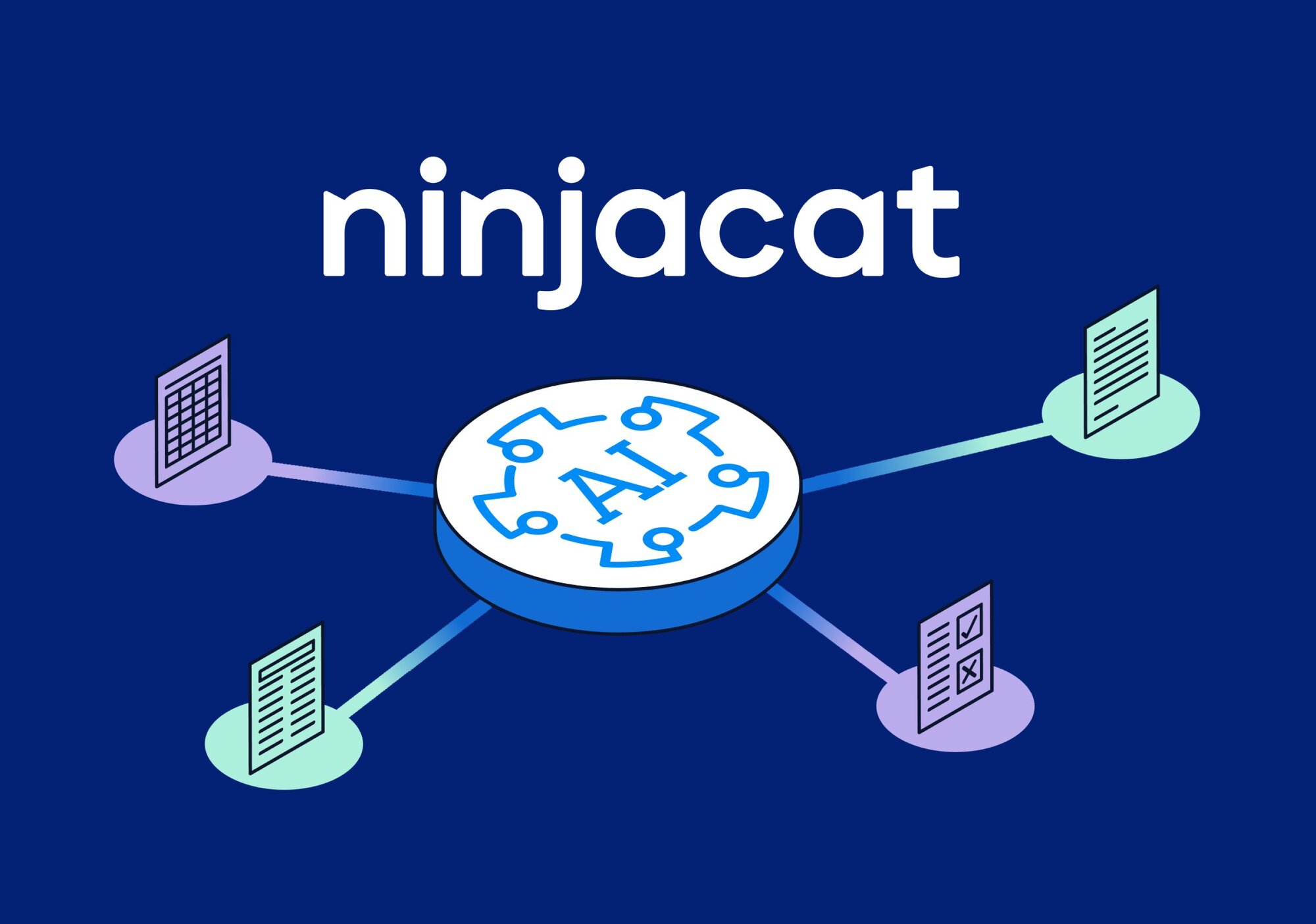Digital marketing agencies are constantly grappling with an avalanche of data from various sources. The task of managing, analyzing, and drawing meaningful insights from this data is daunting, to say the least. If you’ve ever felt like you're drowning in data, yet thirsting for insights, you're not alone.
The first step towards clarity in marketing data analysis is unifying all your client’s data into one central marketing data warehouse. Why is this unification crucial, you ask? This approach isn't just a neat organizational trick; it's a game-changer. It not only simplifies access but also maintains data integrity across the board and sets the stage for data democratization.
Data democratization refers to making data accessible to non-specialists within an organization, removing gatekeeping, and empowering all team members to make data-driven decisions. In an agency setting, this means that everyone, from strategists to account managers, can leverage data insights without relying on analysts, data scientists, or IT specialists. A unified data warehouse is the cornerstone of this democratization, as it ensures that all team members have access to the same high-quality data.
With a unified marketing data warehouse serving as a foundation, integrating AI becomes a natural progression. AI acts as a powerful catalyst in the data democratization process, making complex data insights accessible to all team members regardless of their technical expertise. By translating complex data sets into clear insights and recommendations, AI tools empower agency staff to focus on strategy and creativity rather than getting bogged down in data processing.
Plus, it sets the stage for effective AI implementation. With all your data in one place, AI algorithms can work their magic more efficiently, giving you consistent and comprehensive insights.
Laying the groundwork: building a unified marketing data warehouse
Building a unified marketing data warehouse might sound daunting, but it's more approachable than you think, especially with end-to-end software that can ingest, store, transform, and cleanse your data in a single platform. Consolidating data from various channels into a single repository means breaking down silos and ensuring that data from social media, email campaigns, website analytics, Call Tracking, and other sources are harmonized. The payoff? A single source of truth that provides a 360-degree view of your marketing efforts.
Use cases for AI in marketing data analysis and reporting
Armed with unified data, let's explore the transformative power of AI-driven marketing data analysis. Imagine having tailored support for specific roles within your agency, enhancing efficiency, accuracy, and strategic decision-making across various functions. By leveraging specialized AI assistants, agencies can significantly streamline their operations and offer more value to their clients. Here are some examples:
AI assistant for client reporting and communication
- Automated reporting: Generate comprehensive, customized cross-channel reports for clients, highlighting key metrics and insights.
- Data analysis: AI transforms raw numbers into compelling stories, offering insights that are not just digestible but actionable. Turn complex analyses into straightforward strategies.
- Client query response: Handle routine client queries with automated, intelligent responses.
- Recommendations: Provide data-driven suggestions for client strategies based on historical data and trends.
AI assistant for data cleansing
- Automated data scrubbing: Identify and rectify inaccuracies, inconsistencies, or outdated information in large datasets.
- Duplicate detection: Efficiently find and merge duplicate records to maintain a clean, single source of truth.
- Data standardization: Standardize data formats across various sources for consistency and easier analysis.
- Anomaly detection: Spot unusual data patterns that may indicate errors or outliers for further investigation.
AI assistant for ad operations (Ad Ops)
- Campaign optimization: Automate the process of ad placement, scheduling, and optimization across various platforms.
- Performance analysis: Continuously monitor ad performance metrics, providing suggested adjustments for maximized ROI.
- Budget management: Get budget reallocation suggestions to optimize, focusing on the most profitable channels and audience segments.
Adopting a unified marketing data strategy for AI integration
When data unification meets AI, it's like peanut butter meeting jelly -- a match made in heaven. This combination streamlines your agency’s operations, enhances client satisfaction, and gives you an edge over the competition. Agencies that have embraced this approach report improved efficiency, better decision-making, and a noticeable boost in client engagement.
Ready to jump on board? Start by evaluating your current marketing data sources and how they can be integrated. When selecting a software solution, look for depth and breadth of marketing industry-specific knowledge and consider the ability to scale with your agency as your business grows.
The path to democratizing marketing data analysis with AI starts with the unification of data sources. This foundational step paves the way for AI to harness its full potential for marketing data analysis, transforming a once daunting task into a streamlined, efficient process. Agencies embracing this path are not merely surviving the data deluge; they're thriving.
Learn how you can do both at https://www.ninjacat.io/callrail-demo.







